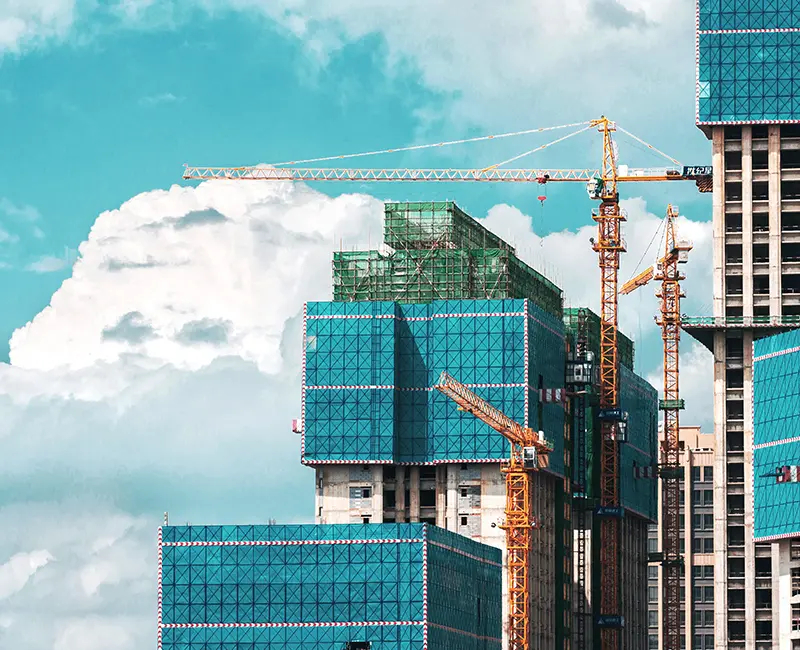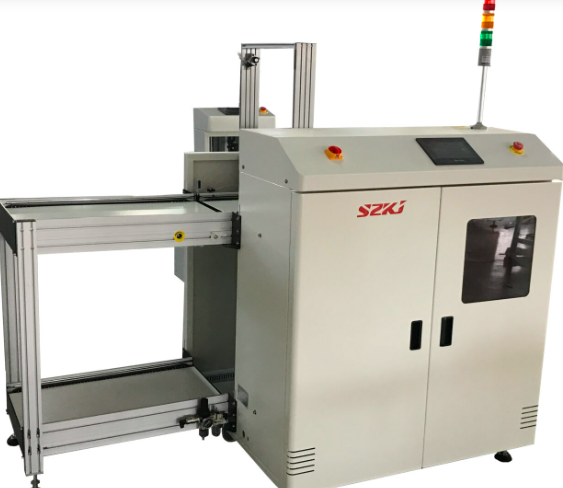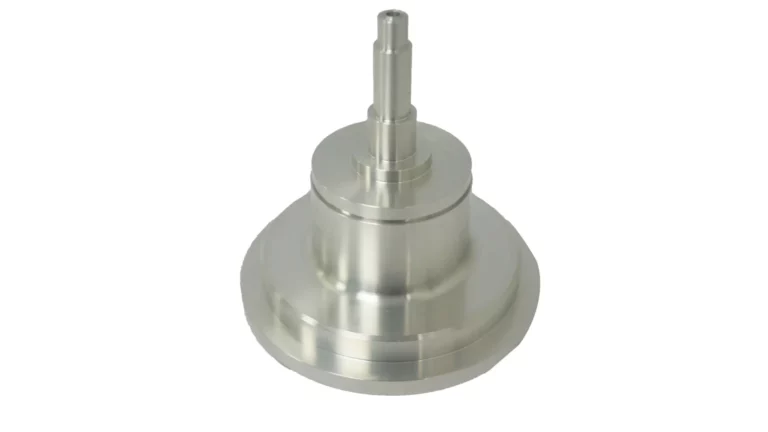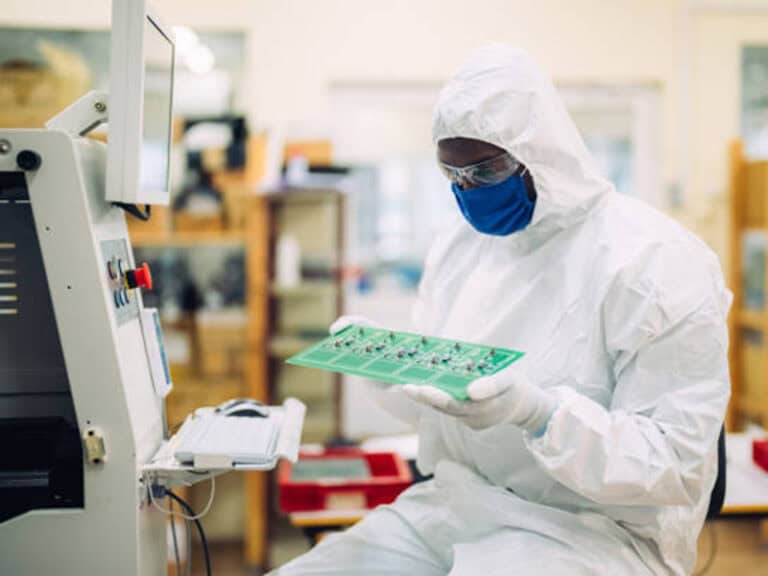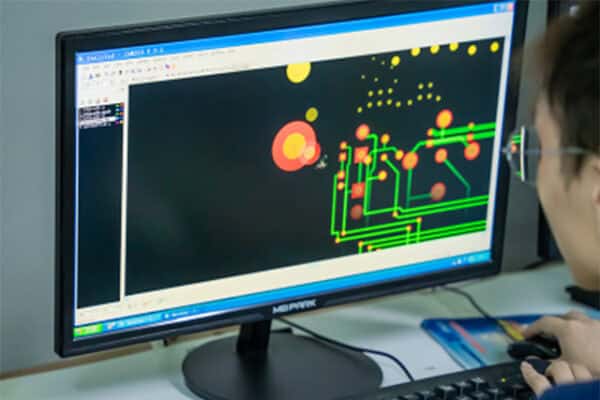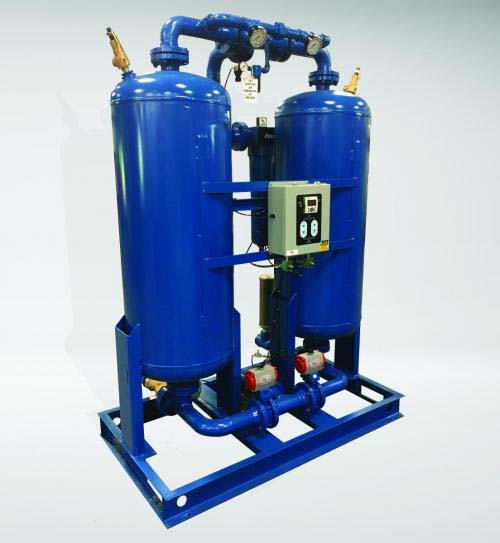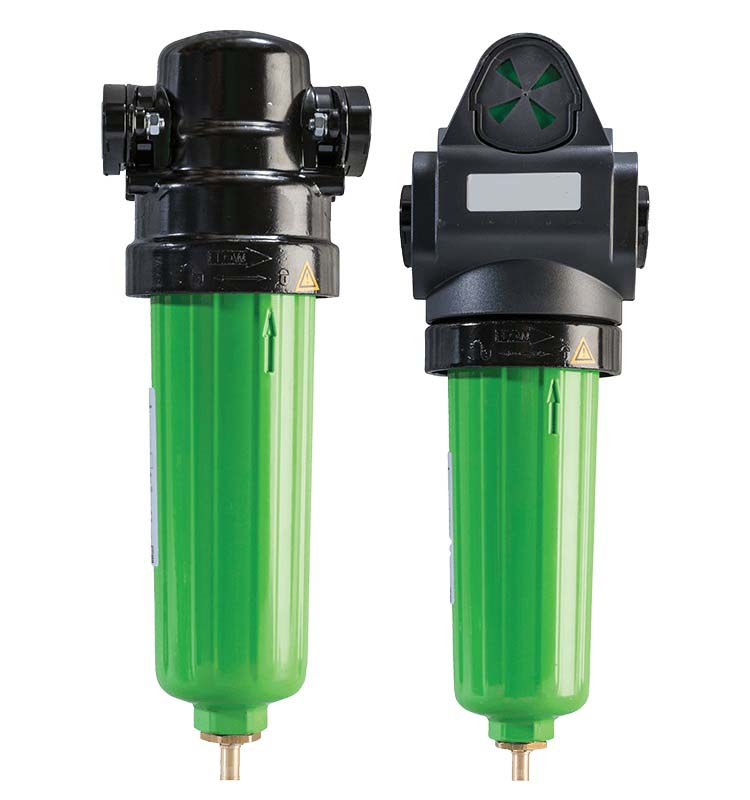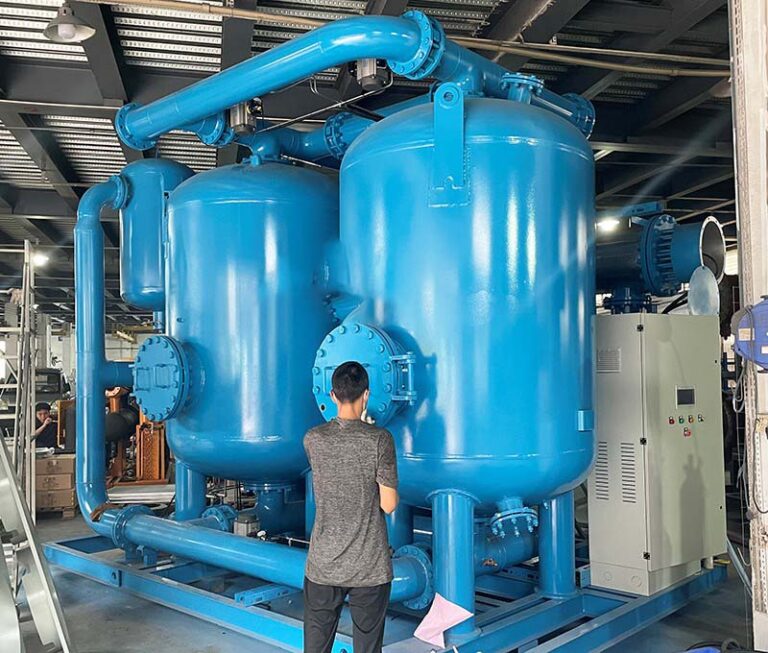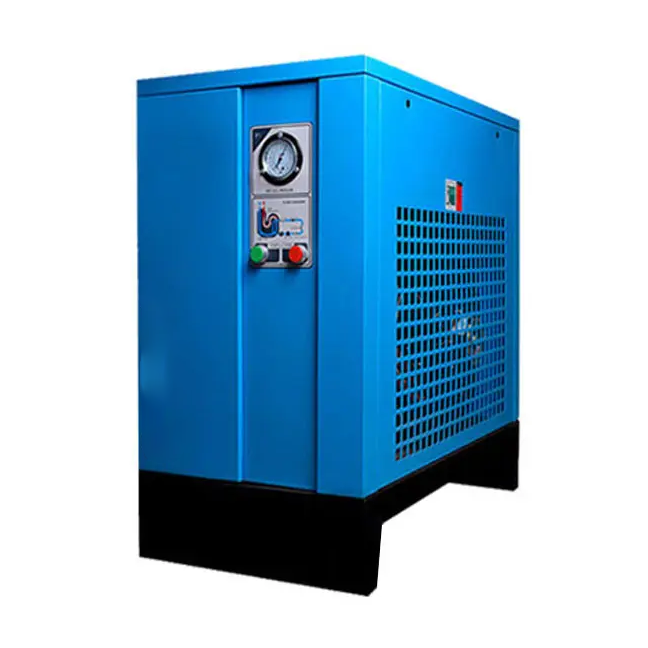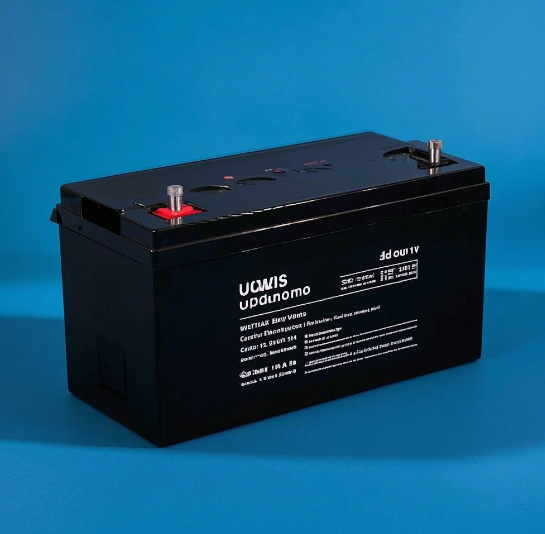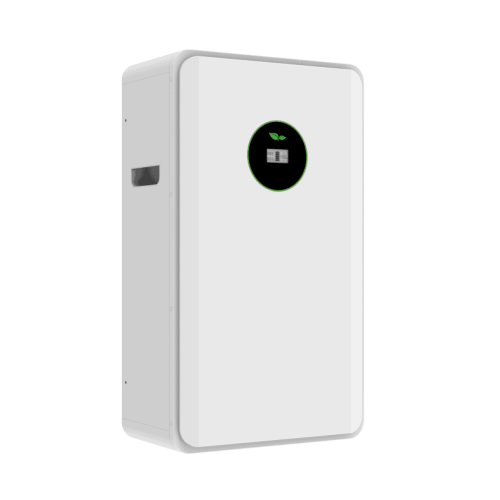目录
ToggleAfter the reform and development in the 1980s, the packaging of building materials products at that time was still in the initial stage of development. Cement packaging a large number of adulterated recycled paper, in the process of handling the cement bag is easy to damage. It has not only caused great economic losses but also seriously polluted the environment. People formed for many years the “heavy product, light packaging” thought, seriously hindered the development of the building materials industry.
To solve the shortage of cement packaging paper, plastic woven bag packaging materials, and composite packaging materials, it uses polyethylene and polypropylene materials, to alleviate the supply contradiction. The state has also revised the national standard of “cement paper bags” to regulate the manufacturing and production of building materials and packaging materials, and the supporting special machinery and equipment have gradually finalized and begun specialized production.
Nowadays, building materials packaging materials are booming, and have entered a stage of steady development, there are various forms of packaging. There are three categories of cement bags used in the current market; Paper bags, laminated plastic woven bags, and various composite bags. Paper bags include four-layer paper bags, three-layer stretch paper, and other small categories, and a variety of composite bags including paper-plastic composite bags.
The development trend of building materials packaging – green packaging
How to protect the environment, and promote and maintain the sustainable development of the social economy, is an urgent problem to be solved in China. To meet the needs of environmental protection, China’s building materials packaging can only follow the trend of green packaging, and healthy development. The so-called green packaging refers to packaging materials that do not cause pollution to the ecological environment, do not cause harm to human health, and can be recycled and recycled. The packaging of current building materials products is undoubtedly a major category that should focus on preventing and controlling pollution. Cement packaging, for example, China’s cement production has reached more than 500 million tons, excluding bulk cement, cement bags need bags of about 8 billion/per year, these bags are for one-time use, and their waste amounts to 1.6 billion tons, and try imagine, if these waste recycling, not pollution to the environment. More than two-thirds of the packaging can be recycled. Even so, the amount of unrecyclable and unrecyclable waste is a significant number. As for the cement in the packaging process dust pollution is still very serious. Given this situation, the forthcoming revision of the “cement bags” national standards, should resolutely abandon those can not be recycled waste packaging type, advocate green packaging.
Green packaging started soon, and with the continuous development of environmental protection technology, it is believed that there will be more environmental protection packaging materials.
Biodegradable plastics are used in building materials packaging
Biodegradable plastics are a new type of environmental protection materials. Before or during use, they have similar or similar application performance and health performance with similar ordinary plastics. After completing their use functions, they can quickly degrade into debris or debris easily absorbed by the environment under natural environmental conditions. And with time further degradation into the environment completely harmless substances, and finally return to nature. If degradable plastic is used instead of general plastic in building materials packaging, it will integrate the lightweight, high strength, and degradable properties of ordinary plastic, not only meet the needs of actual production but also greatly reduce the pollution to the environment after use and waste. Biodegradable plastics used in building materials packaging have the following advantages:
(1) Biodegradable plastic woven bag adopts renewable resources or mineral sources widely existing on the earth, reduce the amount of petrochemical resources, and realize the reduction of resources.
(2) The production process of degradable plastics has become mature, and the production equipment is simple and can be produced in large quantities. When it is used to produce woven bags, its production process is not used for big changes, so compared with other green packaging materials, it has a greater competitive advantage and feasibility.
(3) Degradable plastic woven bags for building materials packaging, comply with the development trend of green packaging, it is fully in line with the newly revised building materials packaging industry-related national standards and is an environmental protection packaging material.
(4)For the lamination material and inner bag material, can also use degradable plastic. This can avoid the separation of herbal paper and plastic in the construction process, and simplify the construction operation.
0